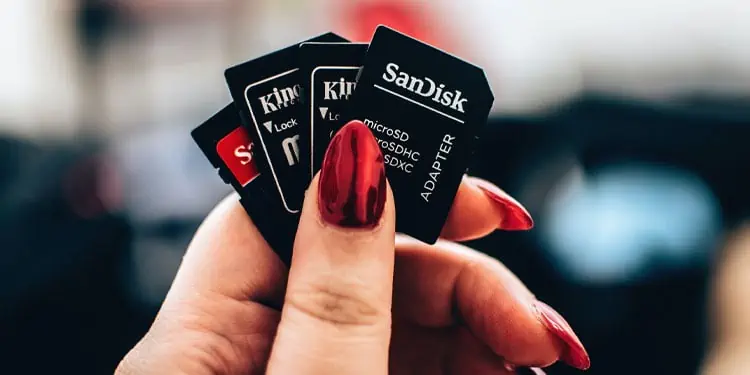As we progress through time, storage devices are getting smaller and smaller. It has even come to a point where these devices fit in the tip of our fingers, holding gigabytes of data. Yes, we are talking about SD cards.
But what about TF cards? As it turns out, not many people know about TransFlash (TF) Card.
Today, we are here to provide you with details about the TF card and how it differs from an SD card. So, without further delay, let us get right into it.
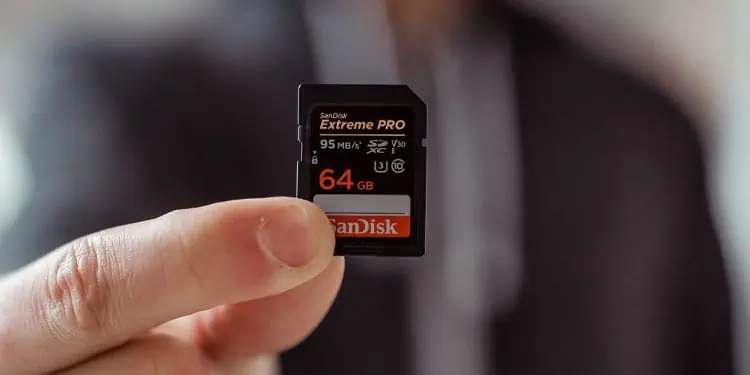
Before starting with the TF card, let us first discuss its predecessor, the SD Card (Secure Digital Card). The SD card was developed and launched jointly by SanDisk, Panasonic, and Toshiba.
The SD card, with dimensions of 32x24x2.1mm, was once one of the smallest storage devices. Nowadays, you may mostly see SD cards used in Digital SLRs or video cameras.
However, as time passed, the SD card was too big for small portable devices such as cell phones, tablets, and mobile audio input/output devices. This is why a TF card was introduced.
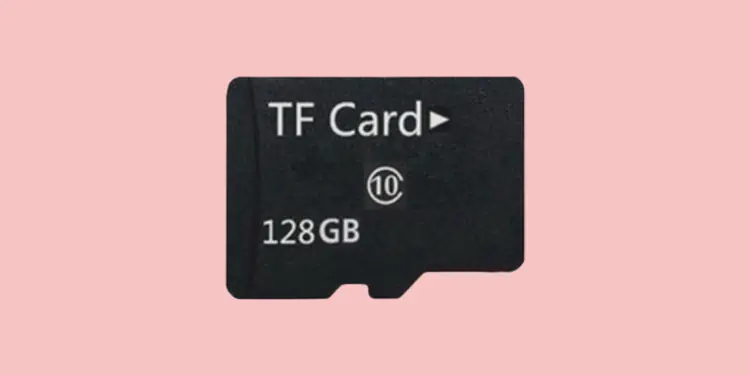
A TF card is basically a small version of an SD card with similar functionality. Hence, this card is also known as a microSD card.
A TF, or a TransFlash card was developed and launched by SanDisk and Toshiba in 2004. Due to its dimensions (11x15x1mm), this card is one of the most widely used small storage devices.
After the acquisition of SD Association, the name TF card was officially changed microSD card. And as time progressed the microSD card got a lot of improvements, such as increased storage and support for various file formats.
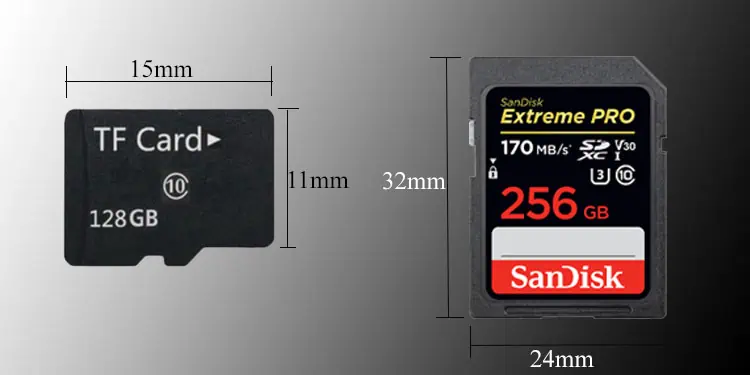
Although microSD card is a successor to older TF cards, we still see TF cards being used on other smaller devices such as dashcams, or GPS devices.
MicroSD cards mostly served as storage devices for small portable devices such as cell phones, tablets, or audio output/input devices. To this date, most modern mobile devices have a slot to insert a microSD card.
Some Similarities Between a SD Card and a TF Card
SanDisk developed both the SD card and the TF. Other than that, both SD card and TF card are widely used in small portable devices as storage. Although the TF card is smaller than the SD card, both card stores data on a NAND chip and offers great read and write speed.
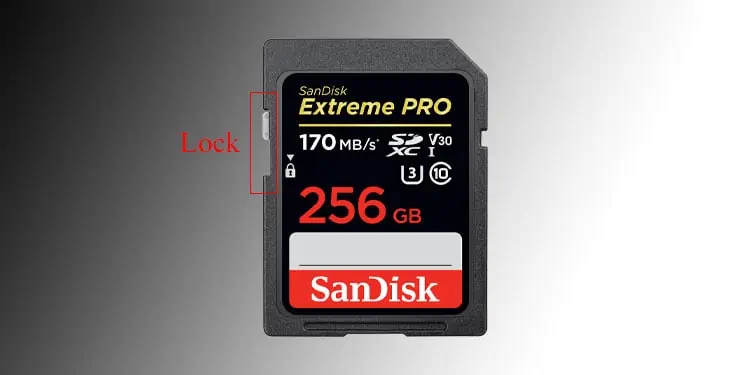
That’s all there are to the similarities. We can only find a few parallels between an SD card and a TF card because they are two different cards used for different reasons. However, if you want tocompare a TF card to a microSD card, which we have done further below in the article, we can barely find striking differences.
Some Key Differences Between a TF and an SD Card
